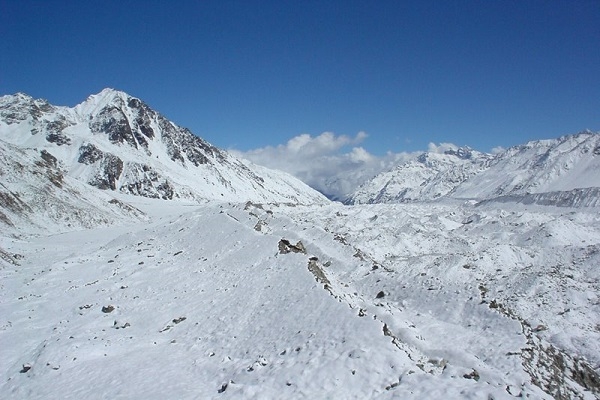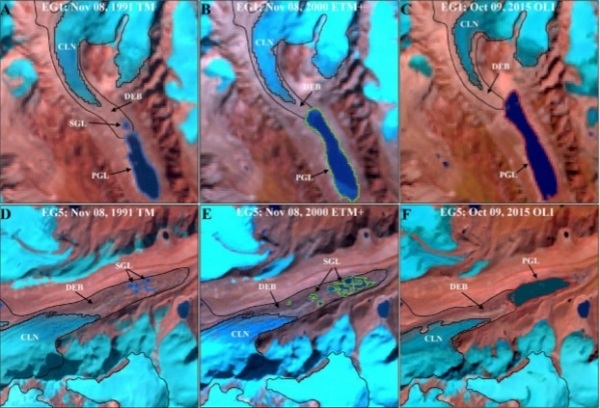Is rising sea level contributing to shrinking land area in India? Glaciers in Sikkim lose mass faster than Himalaya
Total Views |
Dehradun, March 25: Impact of global warming across the world exists with several examples occurring around our surroundings including the melting of glaciers in Himalaya regions. Now, a study by scientists from Wadia Institute of Himalayan Geology (WIHG), Dehradun has found that glaciers in Sikkim are melting at a higher magnitude as compared to other Himalayan regions.

It is the first time that a finding includes studying multiple glacier parameters, namely length, area, debris cover, snowline altitude (SLA), glacial lakes, velocity, and down wasting, and explored interlinkage among them to present a clear picture about status and behavior of glaciers in the Sikkim.
#Glaciers in #Sikkim are losing mass faster than other parts of the #Himalaya. @wadia_institute https://t.co/saF2CvXgXN pic.twitter.com/xULCclll4r
— DSTIndia (@IndiaDST) March 23, 2020
An autonomous research institute for the study of Geology of the Himalaya under the Department of Science and Technology shared after studying these glaciers that "awareness should be spread among the common people regarding water supplies and possible glacier hazards, particularly to those communities that are living in close proximity".
The study determined how 23 glaciers in Sikkim are responding to climate change happening across the globe. They had chosen these Sikkim glaciers to figure out various parameters of Sikkim Himalayas glaciers such as length, area, debris cover, snow-line altitude (SLA), and how they respond to global warming. They have covered all these factors from the period of 1991 to 2015 which has acknowledged that those glaciers in Sikkim have "retreated and are not glaciated significantly from 1991 to 2015". Small-sized glaciers in Sikkim are retreating while larger glaciers are thinning due to climate change.

The roadmap of this study was carrying out a detailed and rigorous literature survey related to the study for the purpose to check the existing knowledge in the subject. Thereafter, representative glaciers were selected based on multiple criteria such as size, length, debris cover, slope, aspect, and so on. Then, the multi-temporal and multi-sensor satellite data covering selected glaciers was procured. The team analyzed the results and compared them with existing studies, and the impact of various influencing factors was systematically explored to understand the glaciers state.
"The behavior of glaciers in the region is heterogeneous and found to be primarily determined by glacier size, debris cover, and glacial lakes. Though a generalized mass loss is observed for both small (less than 3 km square) and large-sized glaciers (greater than 10 km square), they seem to adopt different mechanisms to cope with the ongoing climatic changes. While the first adjust mostly by deglaciation, the latter lose mass through down wasting or thinning," the study found.
Before this, the Sikkim glaciers were poorly studied and in case of the field-based mass balance measurements, it was limited to only one glacier (ChangmeKhangpu) and that, too, for a short period (1980-1987). The studies are regional in nature and do no give emphasis on individual glacier behavior. Besides, most of the existing measurements in this region have been focused on length/area changes only whereas the velocity estimations have also been extremely rare.
The study also provides "ample baseline data on glacier changes and systematically explores the causal relationship between glacier parameters and various influencing factors. A clear understanding of glacier state will help to orient future studies as well as taking necessary measures."

